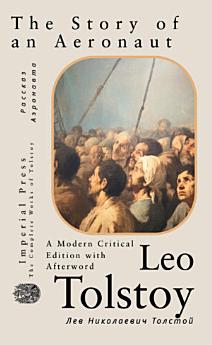The Story of an Aeronaut
About this ebook
Composed in 1880 at Yasnaya Polyana amid the writer’s experiments in popular education and printed the same year in a rudimentary reader, the tale resurfaced through the Posrednik cooperative in Moscow during 1886 and again in low-cost anthologies a few years later, charting a pathway from classroom primer to mass circulation at the close of the imperial century.
Across a single first-person monologue the unnamed aeronaut soars above a cheering crowd, greets thin air with exhilaration, then feels panic when a balky valve traps him beyond breathable height; Tolstoy sets down each shift of mood with descriptive economy, so the ascent becomes both literal elevation and allegory of hubris.
Later aviation enthusiasts, teachers of physics, and editors of juvenile journals kept the story in print, using it to illustrate basic gas-law principles while pointing readers toward the ethical truth that clever apparatus cannot abolish mortality—a union of pedagogy and metaphysics typical of Tolstoy’s minor prose.
This critical reader's edition presents a modern translation of the original manuscript, crafted for the modern reader with clean, contemporary language and simplified sentence structures that clarify his complex Russian phrasing and specific antiquated references. Supplementary material enriches the text with autobiographical, historical, and linguistic context, including an afterword by the translator on Tolstoy’s personal history, impact, and intellectual legacy, an index of the philosophical concepts he employs—emphasizing Existentialism and influence by Schopenhauer—a comprehensive chronological list of his published writings, and a detailed timeline of his life, highlighting the personal relationships that shaped his philosophy.











